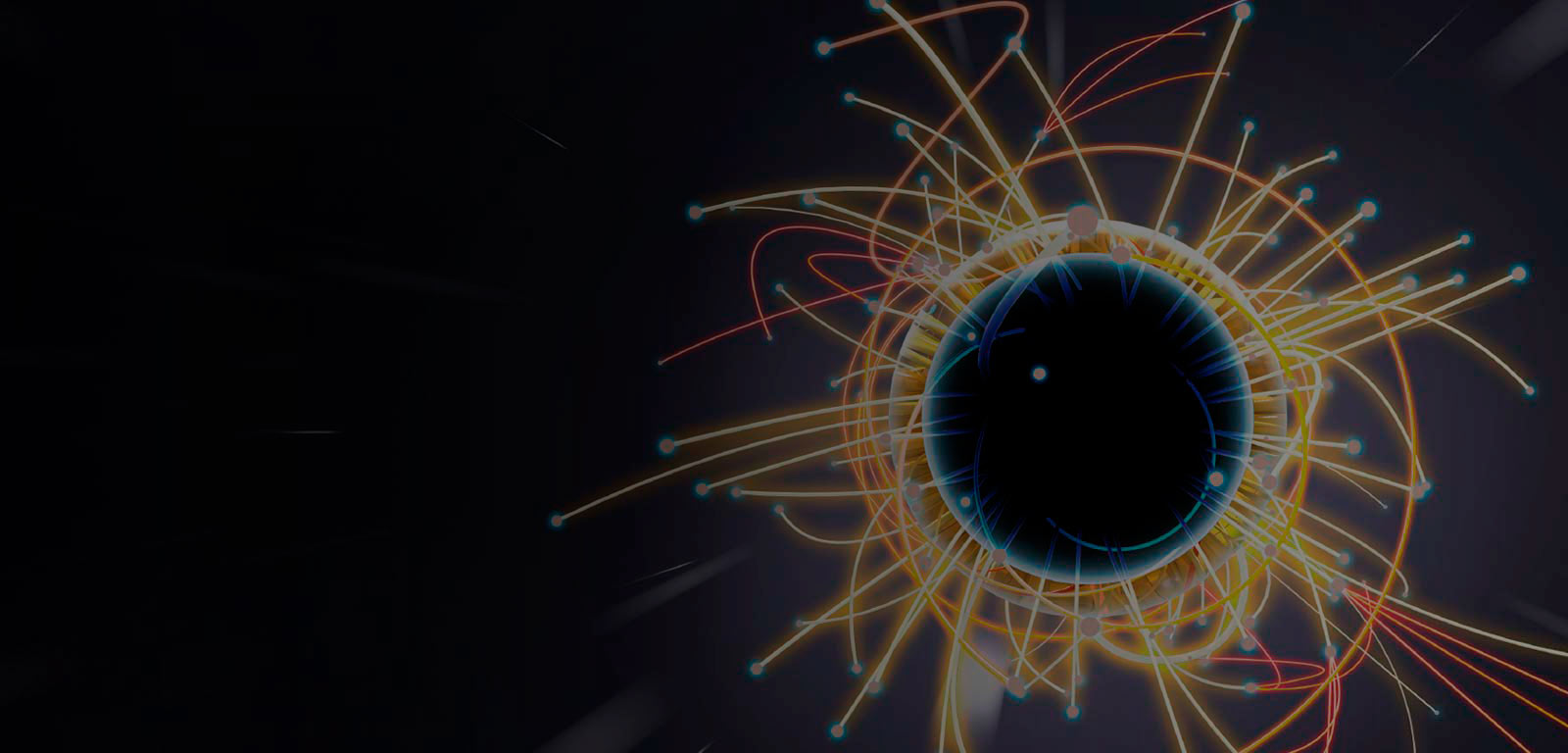Gaia
Oinarrizko Fisikaren Gaiak
Gaiari buruzko datu orokorrak
- Modalitatea
- Ikasgelakoa
- Hizkuntza
- Ingelesa
Irakasgaiaren azalpena eta testuingurua
This course is divided into two parts.The first part introduces the basic concepts of cold atom theory, with a particular focus on the theory of Bose-Einstein condensates. It begins by covering the general aspects of these systems, including their characteristics, cooling and manipulation techniques, and experimental milestones. Following this, the course delves into the fundamental theoretical frameworks required to describe trapped boson systems. Topics include Bose-Einstein condensation, Gross-Pitaevskii theory, hydrodynamic equations, collective excitations, and Bogoliubov theory. Advanced topics are also covered to ensure students are up-to-date with the latest developments in the field.
The second part of the course focuses on computational methods and software tools. It provides an introduction to Density Functional Theory (DFT) and Wannier functions, which are crucial for understanding the electronic structure of materials. Students will also receive practical training in using leading computational software packages such as QUANTUM ESPRESSO, SIESTA, and Wannier90, which are essential for conducting state-of-the-art research in this area.
Overall, this course aims to equip students with both theoretical knowledge and practical skills in the fields of cold atom theory and computational material science.
Irakasleak
| Izena | Erakundea | Kategoria | Doktorea | Irakaskuntza-profila | Arloa | Helbide elektronikoa |
|---|---|---|---|---|---|---|
| BLANCO PILLADO, JOSE JUAN | Euskal Herriko Unibertsitatea | Ikerbaske Bisitaria | Doktorea | Elebakarra | Fisika Teorikoa | josejuan.blanco@ehu.eus |
| EIGUREN GOYENECHEA, ASIER | Euskal Herriko Unibertsitatea | Unibertsitateko Irakaslego Titularra | Doktorea | Elebiduna | Materia Kondentsatuaren Fisika | asier.eiguren@ehu.eus |
| MODUGNO , MICHELE | Euskal Herriko Unibertsitatea | Itzal Haundiko Ikertzailea | Elebakarra | Arloa ez dago adierazita edo behin-behinekoa da | m.modugno@ehu.eus |
Gaitasunak
| Izena | Pisua |
|---|---|
| Gai teorikoen ezagutza eta aurkezteko gaitasuna | 15.0 % |
| Problemak ebaztea | 70.0 % |
| Gai zerrendan esplizituki agertzen ez den kuestio bat aurkezteko gaitasuna | 15.0 % |
Irakaskuntza motak
| Mota | Ikasgelako orduak | Ikasgelaz kanpoko orduak | Orduak guztira |
|---|---|---|---|
| Magistrala | 24 | 32 | 56 |
| Mintegia | 16 | 28 | 44 |
Ebaluazio-sistemak
| Izena | Gutxieneko ponderazioa | Gehieneko ponderazioa |
|---|---|---|
| Ahozko azterketa | 25.0 % | 25.0 % |
| Azalpenak | 25.0 % | 25.0 % |
| Garatu beharreko galderak | 25.0 % | 25.0 % |
| Lan praktikoak | 25.0 % | 25.0 % |
Irakasgaia ikastean lortuko diren emaitzak
Understand the principles of Ultracold Atom Physics and be able to read research articles.Perform basic calculations of the static and dynamic properties of Bose-Einstein condensates.
Know how to synthesize and present the results of work in this field, both in writing and orally.
Understand the principles of Density Functional Theory (DFT).
Learn how to compute electronic structures using DFT.
Gain an understanding of Wannier functions and their construction.
Apply these techniques to problems in condensed matter physics.
Ohiko deialdia: orientazioak eta uko egitea
En caso de que las condiciones sanitarias impidan la realización deuna evaluación presencial, se activará una evaluación no presencial de
la que será informado el alumnado puntualmente.
Irakasgai-zerrenda
I. Introduction to the Physics of Ultracold AtomsIntroduction. General overview of the field. Historical perspective and current directions.
Condensation of bosons in harmonic traps. Condensates of non-interacting bosons. Trapped bosons at finite temperature. Critical temperature. Density of thermal particles. Finite size effects. Role of dimensionality. Effects of interactions.
Gross-Pitaevskii (GP) theory. Many-body Hamiltonian. GP equation. Thomas-Fermi regime. Hydrodynamic formulation. Scaling solutions. Free expansion. Small oscillations. Dipole mode. Scaling of a thermal gas. Momentum distribution.
Collective excitations. Bogoliubov theory. Quasi-particle thermal distribution. Uniform system. Landau criterion for superfluidity. Energetic and dynamical instabilities.
Ultracold atoms in optical lattices. General results for periodic systems. Semiclassical equation of motion. Bloch oscillations. Tight binding regime. Wannier functions. Discrete non-linear Schrödinger equation. Momentum distribution. Bose-Hubbard Hamiltonian. Mott insulator.
II. Topics in Computational Techniques in Condensed Matter
Introduction to Density Functional Theory. Historical background and importance of DFT. Basic principles and the Hohenberg-Kohn theorems. The Kohn-Sham equations. Exchange-correlation functionals: Local Density Approximation (LDA) and Generalized Gradient Approximation (GGA).
Introduction to Plane Wave Expansion. Fourier transformation and the plane wave basis. Concept of cutoff and relation to space resolution. Periodic boundary conditions and reciprocal space. Introduction to QUANTUM ESPRESSO software.
Pseudopotentials. Role of pseudopotentials in plane wave calculations. Norm-conserving vs. ultrasoft pseudopotentials.
Linear Combination of Atomic Orbitals (LCAO). Fundamentals of LCAO. Comparison with plane wave methods. Introduction to SIESTA software.
Introduction to Wannier Functions. Definition and basic properties of Wannier functions. Comparison with Bloch functions. The Wannier function transformation.
Construction of Wannier Functions. Maximally localized Wannier functions (MLWFs). Methods to construct Wannier functions: Marzari-Vanderbilt method. Hands-on session: Constructing Wannier functions using Wannier90.
Applications of Wannier Functions. Band structure interpolation. Calculating Berry phases and Berry curvatures. Wannier functions in tight-binding models. Hands-on session: Band structure interpolation using Wannier functions.
Bibliografia
Oinarrizko bibliografia
M. Modugno, An introduction to the theory of Bose-Einstein condensation in trapped gases, lecture notes.D. Sholl, J. A. Steckel, Density Functional Theory: A Practical Introduction, Wiley, 2009.
J.M. Soler et al., The SIESTA Method for Ab Initio Order-N Materials Simulation, J. Phys. Condens. Matter. 14, 2745 (2002).
S. Baroni, S. de Gironcoli, A. Dal Corso, Phonons and Related Crystal Properties from Density-Functional Perturbation Theory, Rev. Mod. Phys. 73, 515 (2001).
N. Marzari and D. Vanderbilt, Wannier Functions and Their Applications, Rev. Mod. Phys. 84, 1419 (2012).
Gehiago sakontzeko bibliografia
F. Dalfovo et al., Theory of Bose-Einstein condensation in trapped gases, Rev. Mod. Phys. 71, 463 (1999).C. J. Pethick & H. Smith, Bose-Einstein Condensation in Dilute Gases, Cambridge, (2008).
I. Bloch et al., Many-body physics with ultracold gases, Rev. Mod. Phys. 80, 885 (2008).
L. Pitaevskii & S. Stringari, Bose-Einstein Condensation and Superfluidity, Oxford (2016).


